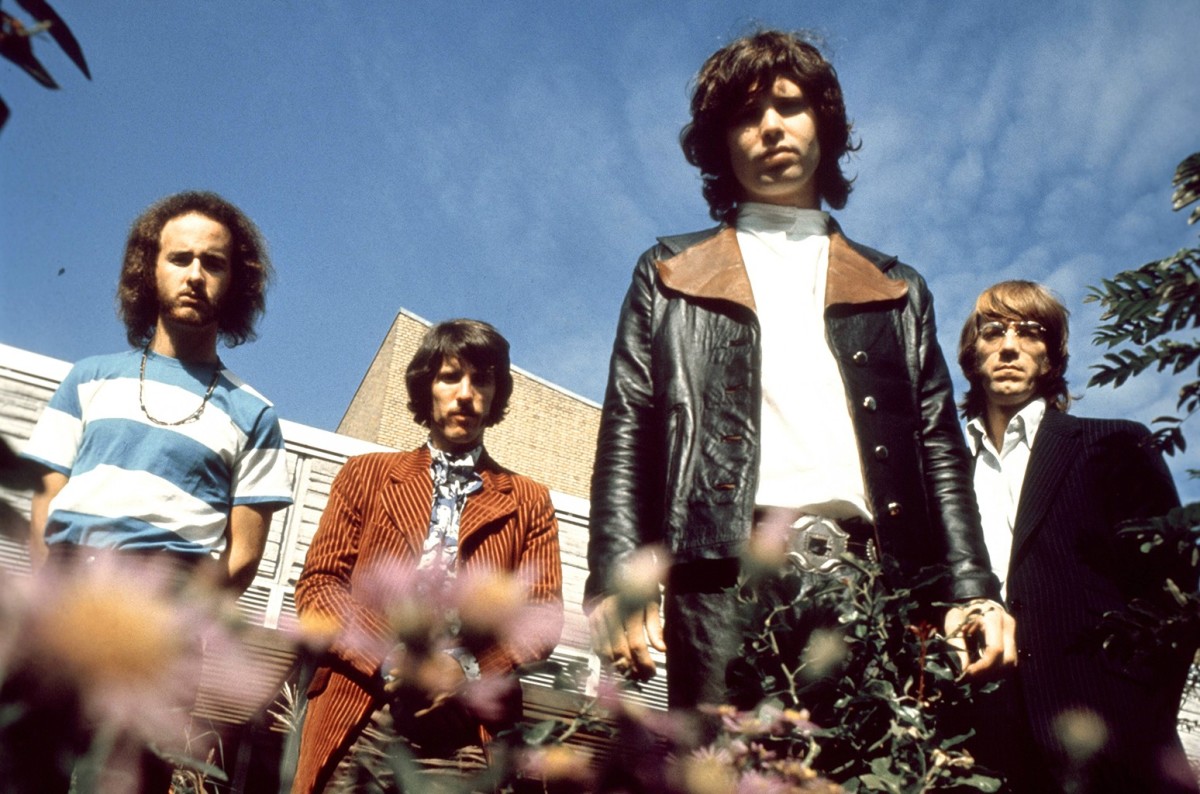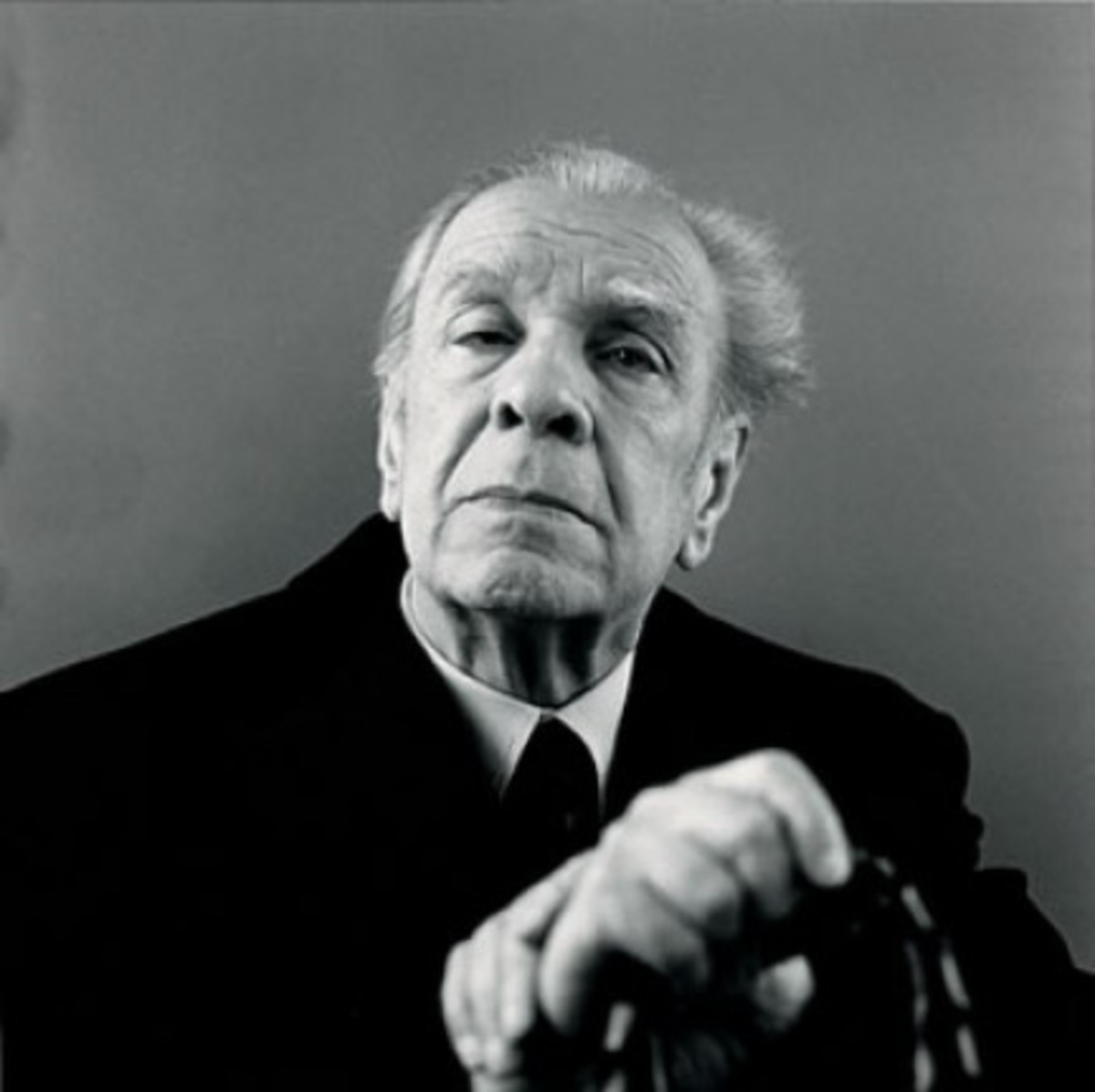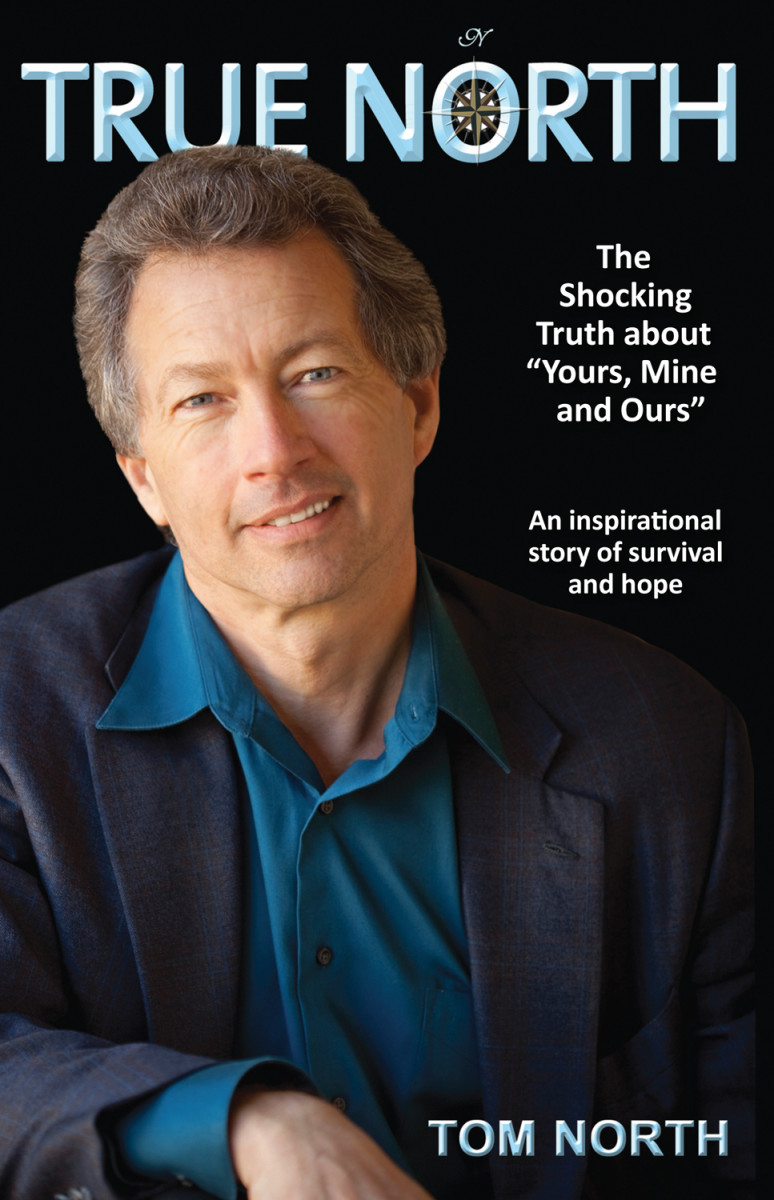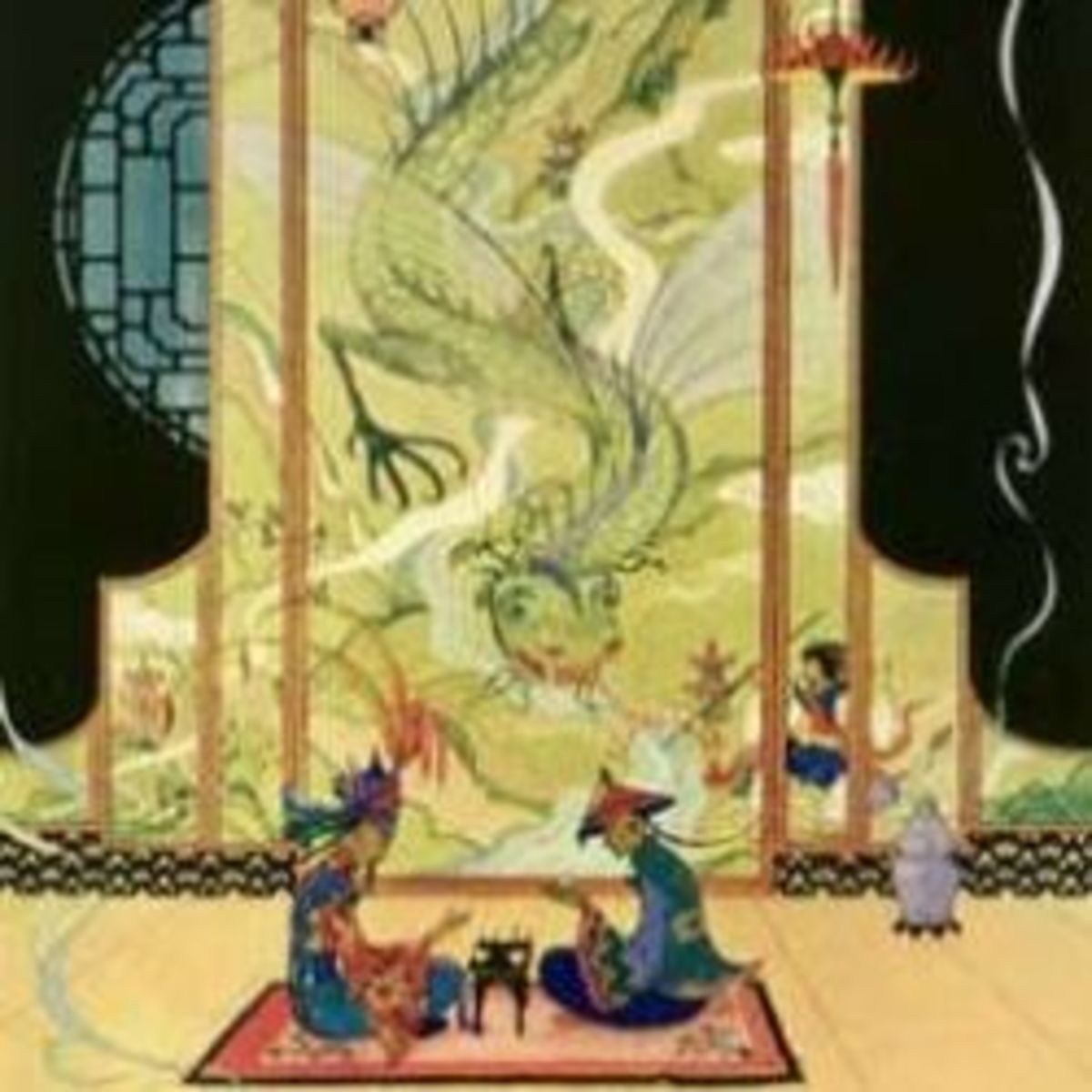Race and Community in Toni Morrison's "The Bluest Eye."
Race and Community in The Bluest Eye
In Toni Morrison’s The Bluest Eye, the story centers on the life and tragedy of Pecola Breedlove. Pecola is brought up in a world without love and reassurance from a self-absorbed mother, raped by her alcoholic father, and subjected to a world where, in her communities’ belief, the definition of beauty is to be white, or light skinned, and to have blue eyes. In Leester Thomas’ article “When home Fails to Nurture the Self: Tragedy of Being Homeless at Home,” Thomas argues the point of the communities failure to nurture a child that is left to the elements. Katherine Mckittrick, in her article, “Black and ‘Cause I’m Black I’m Blue,” addresses the problem of being black, poor, and female in a rich-white-male-dominated society that denies comfortable life experience. While both authors present valid arguments, one would be more easily swayed towards Thomas’ point of view with regard to Morrison’s novel.
The reader would have to believe the problem of racial inequality, while undeniable, and to a much greater extent when the novel was written, was not the main focus of Morrison’s novel, rather, the self-image of the black community of which she writes. Morrison begins the novel with reference to the “Dick and Jane” reading primer. As the story progresses, Morrison repeats the passage from the primer, first without punctuation, then without spacing between the words. What this shows is that while the words remain the same in the passage, there are missing elements creating a dysfunction of sorts. This example carries over to the main text. The reader finds a family; mother, father, sister and brother, but key elements are missing. Father is a drunk, and mother is self-loathing, they are not capable of being nurturing parents or expressing love. Pecola’s only recourse to escape a tragic world without love is to go insane, thereby creating aalternate world of her own and blocking out the ugliness of the real world. In McKittrick’s argument she states,
Claudia takes her anxieties and discomfort and cherishes Pecola Breedlove, as well as Pecola's unborn child, 'just to counteract the universal love of white baby dolls, Shirley Temples and Maureen Peals' (Morrison, p. 148). Nothing about Pecola or Claudia is stable and coherent. It is through the instability and incoherence of place and sense of self that the characters in Morrison's novel continually 'become': they are embodied processes rather than passive recipients of cultural subjugation (McKittrick).
McKittrick raises a good point in stating they are “embodied processes,” these are still children in their formative years. These children think being touched on the breast by a man means being “ruined,” or that Pecola’s menstruation is a sickness. The two opposite personalities of Pecola and Claudia are reflections of their upbringing. They were from the same town, but were raised in two entirely different circumstances. Claudia’s mother was strong and, while tough, loving. Her father was hard working and rightfully over protective. These juxtaposed situations deal more with dysfunction than racism. In contrast, Pecola’s father was a pedophile, while Claudia’s father chased one off a pedophile (Mr. Henry) with a gun. The process of their maturity had been greatly influenced by their environment.
McKittrick’s article focuses on race, feminism, and capitalism; however, she exaggerates the focus of the story to meet her own conclusions. She states, “…Further, although Pecola's father inflicted physical and psychological pain on his daughter, the ideologies of the nation (and community) augmented and perhaps initiated her demise.” (McKittrick) Surely, the nation (or community) does not condone the raping of ones own daughter. This is a result of mental illness. Mental illness plays no favorites with regard to race, sex, or economic standing. She might better have used the case of Cholly, Pecola’s father, to strengthen her argument. Economics helped lead to his alcoholism, abandonment led to his misogyny, and having his first sexual experience climax at the point of a gun from white people shows the racism that existed. Granted, the involvement of the community would have helped Pecola’s situation, but short of taking her out of that environment, Pecola’s future was predetermined, she was a victim of her own delusion, a delusion forced on her by her mother’s incapability to face her own reality (this is not a good argument for feminism). Pecola found the answer herself; she went to a friendlier world.
In her argument, it seems convenient that McKittrick failed to mention the story of Geraldine. I maintain that Geraldine is a metaphor for that society of people who in their own quest for acceptance use their own race against others who are darker or poorer than they are. This became the case of Pauline Breedlove as well. This is a human flaw. A straight haired person yearns for curly; a short person yearns for height, a brown-eyed person, yearns for blue. We are never totally satisfied with what we have. This flaw, when dealt with realistically, can be beneficial, it can help in the realization of self. Claudia accepts who she is, she knew she was not Shirley Temple, and resented the fact that the world needed her to be. Pecola, on the other hand, fell into the trap. Pecola remained in denial of who she really was, she let race, economics, and sex dictate how she felt she needed to be perceived.
Leester Thomas’ article takes a less radical approach. In his argument, one of a more psychological nature, Thomas states,
Morrison shouts to the world the secret shared by many African Americans: Knowledge of the prejudice and contempt that lie within the hearts of some blacks for other blacks, and knowledge of the devastating effects that such hatred has on the psyche of blacks who are subjected to it (Thomas).
This self-loathing is not exclusive to the “black” community; in fact, it is the inherited nature of every member of the human race, collectively and individually. Thomas goes on to question,
“How can one become whole, when he himself helps chisel away at his own very being?”
Thomas by no means is condoning the matter of fact racism that existed in the day; in fact, he goes further to assert the premise that through Pecola’s mother’s distorted point of view, she possessed the “Lack of beauty according to white American standards.” (Thomas)
A curious take Thomas has on the story is when he states, “Guilt and impotence, and strangely, tenderness motivate him to rape his daughter because he feels left to offer her.” (Thomas) This statement, although pertaining to a fictional character, who has had psychological damage of his own, suggests an attempt to redeem Cholly of reprehensible behavior.
Morrison created Cholly as an example. Cholly was the product of a bygone era; he serves as a remembrance of a bygone time. Cholly was born a good person. Circumstance made him an animal. Morrison, while needing the reader, to hate Cholly, wanted them to understand him as well. McKittrick was right in her argument of poverty, but missed the point on sex. Cholly was not a sexual deviant; he was a violent predator, an animal. He was reduced to this by way of his very existence. Throughout the article, she seems very fond of the word subjected. Cholly was subjected, but not excused. He ran from a society, while unfair, still offered hope for the next generation.
Morrison intended to open the eyes of the black community. She left the door open for interpretation with the characters development. The story, as McKittrick would define it, is not so much about racial inequality, capitalism, and feminism, but rather, life in all its ugly glory. A white man can relate to the narration, the same as any man could. Thomas stresses the point that “it “happens, McKittrick seems to place blame, which at times should be placed, on the racial, sexual, and economical situation. She seems to be the very antithesis of her argument.
The reading of the novel, and both articles only solidified the fact that everything in the world is open to interpretation. The Bluest Eye, was not about racism, although it existed (and does). It was not about McKittrick’s claims of capitalism, or sexism. It was about life, and how screwed up it can become. The story was about self-hatred, and how it affects others around us. Morrison wrote this story on a universal level. A person from any culture can read this and connect with the humanity of the story, and at the same time appreciate the artistry of how it was written. It is easy to take a story such as this, and create an emotional bond. One needn’t be black to feel the pain of Pecola. One needn’t be poor to sense the despair of poverty. But at the same time, one must look at every situation as it is.
Thomas saw the inequality there is in the world. In his paper, he referred to white supremacy as often as McKittrick did. In his argument, he also accepted the fact that responsibility lies on the individual. McKittrick seemed to take it to a more personal level, which is fine, there is no wrong interpretation, if it helps oneself deal with there own demons. What Morrison intended to say in the novel is open to the interpretation of anyone who reads it. Whether it is an attack on the white culture, which made the story possible, or black cultures indifference which is just as guilty.
Citation
Thomas, Leester. "When home fails to nurture the self: Tragedy of being homeless at home."
Western Journal of Black Studies 21.1 (1997): 51. Academic Search Premier. EBSCO. Web. 4 May 2010.
McKittrick, Katherine. "`Black and 'Cause I'm Black I'm Blue': transverse racial geographies in
Toni Morrison's The Bluest Eye." Gender, Place & Culture: A Journal of Feminist
Geography 7.2 (2000): 125. Academic Search Premier. EBSCO. Web. 4 May 2010.






